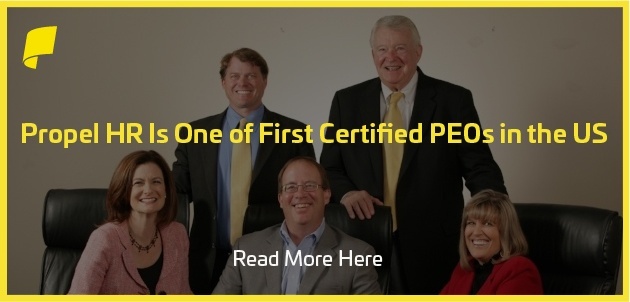You can’t scroll through your social media feed or turn on the news right now without learning of another allegation of sexual harassment. The news coverage has illuminated the magnitude of this problem. Sexual harassment is certainly not a new concept but maybe we are at a pivotal time in history where the recent abundance of cases will produce some real progress.
Title VII of the Civil Rights Act of 1964 is the main federal law that prohibits sexual harassment. Sexual harassment is any uninvited and unwelcome verbal or physical conduct of a sexual nature that creates a hostile or offensive working environment.
Some examples of harassment include:
- A manager implies that an employee must sleep with her to keep a job.
- An employee sends sexually explicit jokes to coworkers.
- A sales clerk makes demeaning comments about female customers.
- A vendor frequents the workplace telling crude jokes and pinching certain workers.
The harasser can be the victim’s supervisor, manager, co-worker or even a non-employee under certain situations. Sexual harassment is a gender-neutral offense and harassers can be male or female, however most claims are brought by women.
Employers have a responsibility to maintain a workplace that is free of sexual harassment. This is not only a legal requirement, but it also makes good business sense. A workplace that struggles with a hostile environment is at risk for expensive lawsuits and is prone to low employee morale, low productivity, and an overall toxic environment.
There are steps that businesses can take to reduce the risk of sexual harassment:
- Adopt a clear harassment policy. The policy should be in the employee handbook and should clearly state that harassment will not be tolerated. It should outline the complaint procedure and address retaliation as a form of discrimination as well.
- Conduct training sessions. Training should be performed at least once a year for all employees. It is recommended that an additional session be provided for supervisors to provide them with the additional knowledge of how to identify and prevent harassment.
- Have multiple channels for reporting. Employees should never feel that they don’t have a path to report harassment. The policy and the trainings should address how to properly file a complaint. If employees are uncomfortable going to their supervisor, employees should have the option to report the complaint to another supervisor, HR, or a third-party hotline.
- Take all complaints seriously. If a complaint is made, act immediately to investigate and involve HR outsourcing firms or legal counsel as necessary. If the complaint turns out to be valid, take immediate and appropriate action.
Most importantly, create a culture of professionalism. We must learn from the recent news of sexual harassment and not allow the sheer volume of claims to desensitize us to the importance of the message. If companies create and maintain workplaces that promote respect and value hard work, then there will be no place for crude jokes, unwanted advances, or offensive behaviors. No employee should ever have to face hostility at work.
Further Reading: The Importance of Corporate Culture










